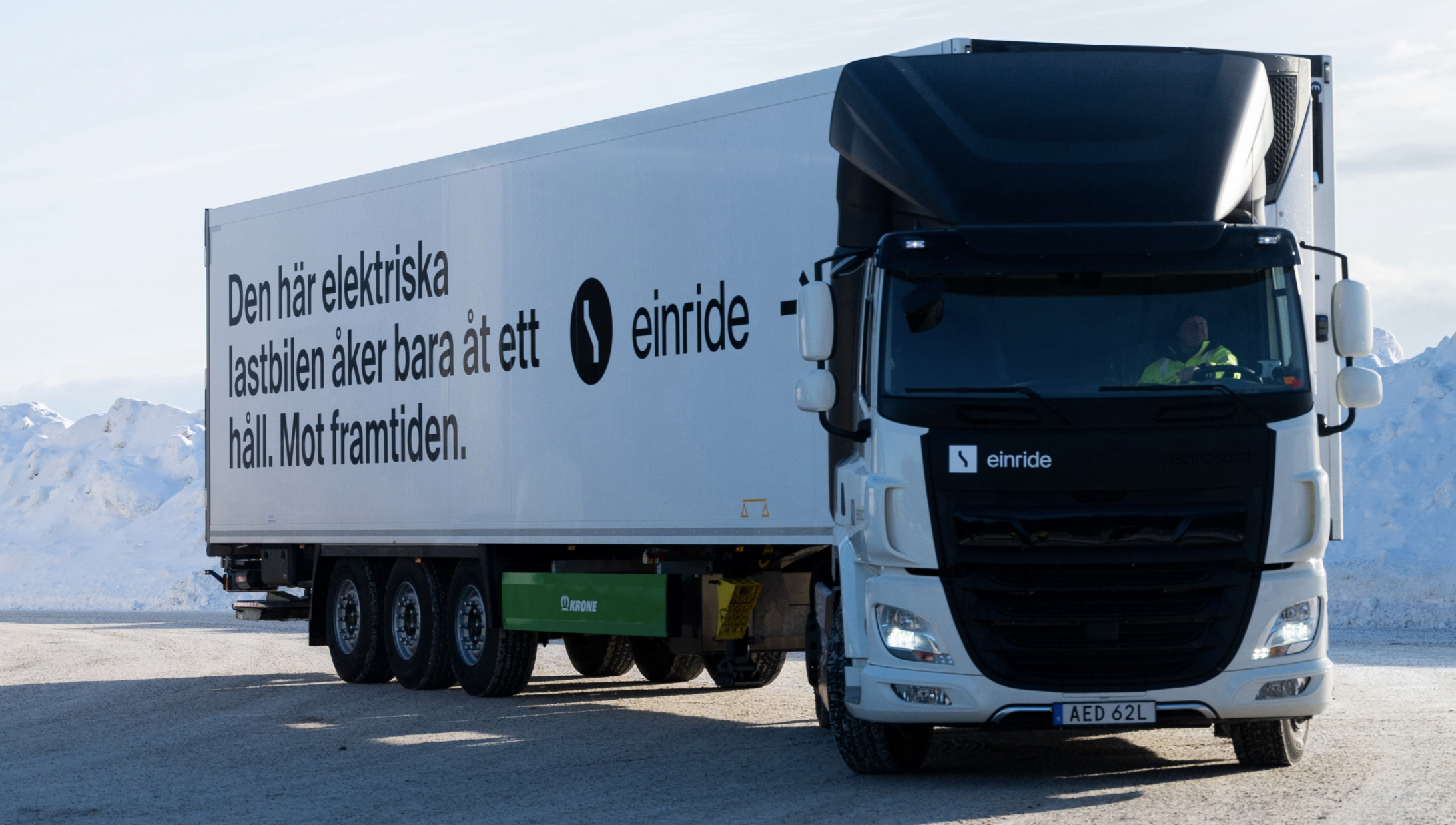News: Paystack expands to South Africa seven months after Stripe acquisition
Nigerian fintech startup Paystack has been relatively quiet since it was bought by fintech giant Stripe last October. The deal, worth more than $200 million, caused shockwaves to the African tech ecosystem and offered some form of validation to work done by founders, startups and investors alike. Today, the payments company, which powers businesses with
Nigerian fintech startup Paystack has been relatively quiet since it was bought by fintech giant Stripe last October. The deal, worth more than $200 million, caused shockwaves to the African tech ecosystem and offered some form of validation to work done by founders, startups and investors alike.
Today, the payments company, which powers businesses with its payment API and is actively present in Nigeria and Ghana, is announcing its official launch in South Africa.
In 2018 when we reported Paystack’s $8 million Series A (which Stripe also led), it was powering 15% of all online payments in Nigeria. The company had more than 10,000 businesses on its platform and expansion to other African countries was one way it planned to use the money. Ghana was its next stop.
Since expanding to Ghana, Paystack has grown and claims to power 50% of all online payments in Nigeria with around 60,000 customers, including small businesses, larger corporates, fintechs, educational institutions and online betting companies. Some of its customers include MTN, SPAR and UPS, and they use the company’s software to collect payments globally.
The South African launch was preceded by a six-month pilot, which means the project kickstarted a month after Stripe acquired it. Stripe is gearing toward a hotly anticipated IPO and has been aggressively expanding to other markets. Before acquiring Paystack, the company added 17 countries to its platform in 18 months, but none from Africa. Paystack was its meal ticket to the African online commerce market, and CEO Patrick Collison didn’t mince words when talking about the acquisition in October.
“There is an enormous opportunity. In absolute numbers, Africa may be smaller right now than other regions, but online commerce will grow about 30% every year. And even with wider global declines, online shoppers are growing twice as fast. Stripe thinks on a longer time horizon than others because we are an infrastructure company. We are thinking of what the world will look like in 2040-2050,” he said.
Although Stripe said the $600 million it raised in Series H this March would be used mainly for European expansion, its foray deeper into Africa has kicked off. And while Paystack claims to have had a clear expansion roadmap prior to the acquisition, its relationship with Stripe is accelerating the realization of that pan-African expansion goal.
Now, Africa accounts for three of the 42 countries where Stripe currently has customers today.
“South Africa is one of the continent’s most important markets, and our launch here is a significant milestone in our mission to accelerate commerce across Africa,” said Paystack CEO Shola Akinlade of the expansion. “We’re excited to continue building the financial infrastructure that empowers ambitious businesses in Africa, helps them scale and connects them to global markets.”
The six-month pilot saw Paystack work with different businesses and grow a local team to handle on-the-ground operations. However, unlike Nigeria and Ghana, where Paystack has managed to be a top player, what are the company’s prospects in the South African market where it will face stiff competition from the likes of Yoco and DPO?
“The opportunity for innovation in the South African payment space is far from saturated. Today, for instance, digital payments make up less than half of all transactions in the country,” Abdulrahman Jogbojogbo, product marketer at Paystack said. “So, the presence of competition is not only welcome; it’s encouraged. The more innovative plays there are, the faster it’ll be to realize our goal of having an integrated African market.”
Khadijah Abu, head of product expansion, added that “for many businesses in South Africa, we know that accepting payments online can be cumbersome. Our pilot in South Africa was hyper-focused on removing barriers to entry, eliminating tedious paperwork, providing world-class API documentation to developers, and making it a lot simpler for businesses to accept payments online.”
Many people compare Paystack to Africa’s newest fintech unicorn Flutterwave. Founded a year apart, both companies help businesses accept payments from thousands of businesses. When the latter raised its recent juggernaut $170 million round, it claimed to have 290,000 businesses on its platform. While Flutterwave has been high-flying with its pan-African expansion (it has a presence in 20 African countries), Paystack has adopted a rather scrupulous approach. The company said the reason behind this lies with the peculiarities each African country presents and because each country has different regulations, launching at scale takes time.
“Our goal isn’t to have a presence in lots of countries, with little regard for service quality. We care deeply that we deliver a stellar end-to-end payment experience in the countries we operate in,” Jogbojogbo continued. “And this takes some time, careful planning and lots of behind-the-scenes, foundational work.”
But being backed by Stripe and armed with millions of dollars, Paystack might need to switch things up eventually. Even as it operates independently, its pan-African vision is equally important to Stripe, and speed will be crucial, even the five-year-old company acknowledges this and said, “its pace of expansion will quicken as it expands into more African countries.”






